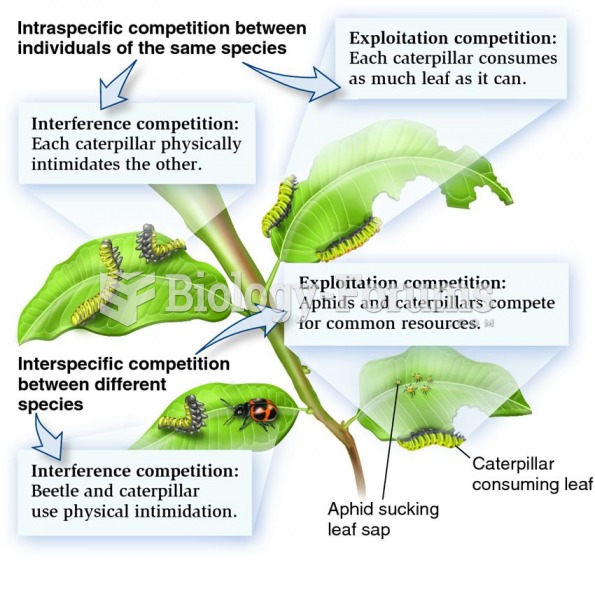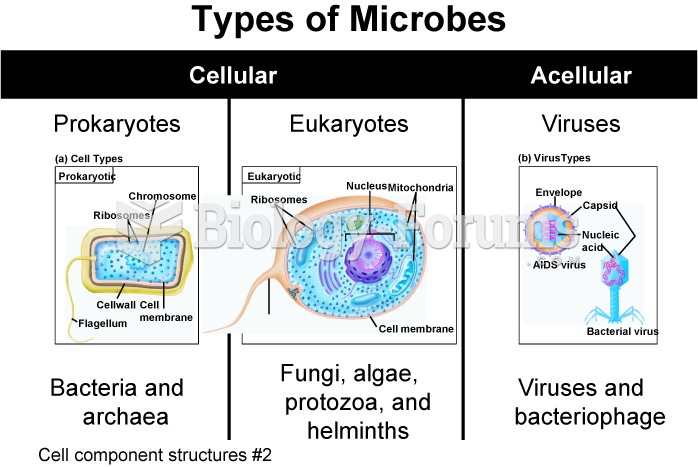Answer to Question 1
There are four basic types of store-based retail locations: business districts, shopping centers and malls, freestanding units, and nontraditional locations. The examples for each type are as follows:
Business Districts:
Central business district: Dollar General
Secondary business district: Carrefour.
Neighborhood business district: Ann Taylor
Shopping Centers and Malls:
Shopping center: Cheesecake Factory
(According to the International Council of Shopping Centers, there are eight different types of shopping centers and malls: regional centers, superregional centers, community centers, lifestyle centers, power centers, theme/festival centers, and outlet centers).
Freestanding Location: Ace Hardware
Nontraditional Locations include the following:
Airports
College campuses
Truck and travel stops
Convenience stores, university libraries, and classroom buildings
Some examples of how nontraditional locations are used for retailing are:
Embassy Suites built new units next to shopping centers.
Hospitals are building emergency-care clinics near where people live in the suburbs and away from the hospitals
Lawyers are opening storefront offices wherever there is high pedestrian traffic
Yoga studios are locating in major office buildings.
Wells Fargo banks have mini-marketplaces featuring Starbucks coffee bars, dry cleaners, delis, and postal centers.
Banks have opened branch offices in retirement centers.
Nonstore-Based Retailers: The oldest form is the street peddler or the temporary stall set up on a street. Other examples are:
Mail-order: JCPenney's
Automated merchandising systems: Sears
Direct selling: Amway
Internet: MyGofer
Answer to Question 2
The three major eras of retailing are:
to market
marketing to
marketing with.
A to market orientation focuses on how to get product or merchandise from sources
of supply to the retail store and then to the customer. The major challenge was bringing merchandise to market as merchandise and goods moved primarily by railroads and waterways.
Marketing to retailing focuses on how to promote and advertise and otherwise entice customers to purchase merchandise. Improved transport and communications led to an increase in retail competition as more merchants were able to fill their store with goods.
Marketing with is an orientation that treats the customer as an equal partner and someone to engage in value co-creating activities. This era is known as the era of active collaboration between retailers, customers, suppliers and other stake holders. Long term relationships are a central premise of this era.







